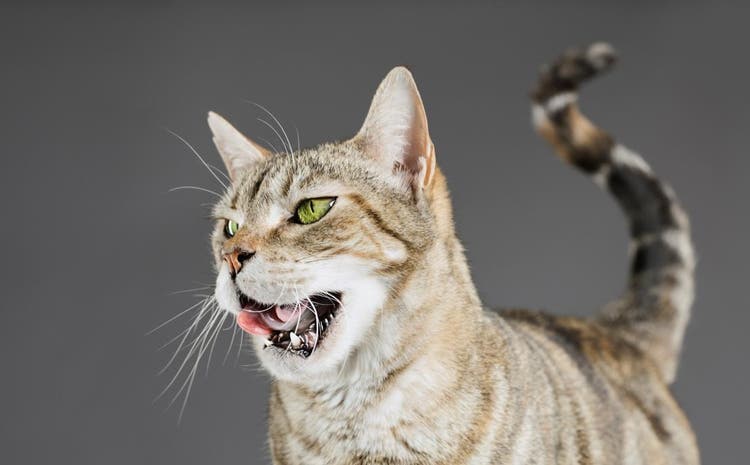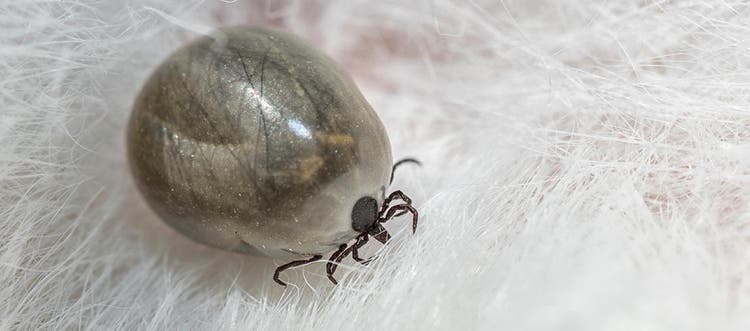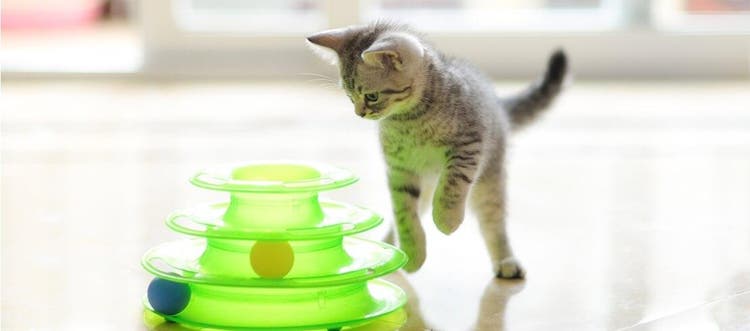Tapeworms are fairly easy for your cat to pick up, and both indoor and outdoor cats are at risk. Protecting your cat from all intestinal worms is an important part of maintaining their good health. Learn how to spot the warning signs, and make sure you know how to help protect your cat.
The tapeworm is one of the common intestinal parasites found in cats. Even indoor cats may fall victim to worms at some point. There are several tapeworms that can infect cats. The most common is the flea tapeworm, but there are also tapeworms that infect cats that eat wildlife like birds and rodents.
How can my cat get tapeworm?
The most common way for cats to become infected with a tapeworm is by swallowing infected fleas while grooming. It is estimated that cats will swallow around 50 percent of the fleas that might be present on their coat when they are cleaning themselves. Once your cat swallows an infected flea, the tapeworm larvae are released into your pet’s intestine, where they develop into adults.
Outdoor cats that hunt birds or rodents are also at risk of contracting tapeworms. If the cat ingests animals infected with tapeworms, they will also be infected.
What are the signs and symptoms of tapeworm in cats?
The adult tapeworm is a long-segmented worm that can live in your cat’s intestines for months. Small egg-filled segments break off the worm and are passed out in your cat’s feces. These segments are not alive, but they remain mobile for some time.
Viewer discretion advised
You may not know whether your cat is infected with tapeworm. In many cases, no symptoms will be present or detected. You may however, notice:
- Tapeworm segments crawling around your cat’s rear end or in their stool
- Your cat seems to have an itchy rear end which causes them to lick or bite the area, or ‘scoot’ along the ground in an attempt to relieve the itch
- Weight loss
- General malaise
Can you get tapeworm from your cat?
On rare occasions, humans can contract tapeworms if they accidentally consume an infected flea (for example, after petting your flea-infested pet).
Treatment options for tapeworms in cats
Many cat tapeworm treatments are simple and straightforward. To keep your cat healthy, a regular deworming schedule is recommended to protect against these harmful parasites. Discuss your cat’s tapeworm medication with your veterinarian.









